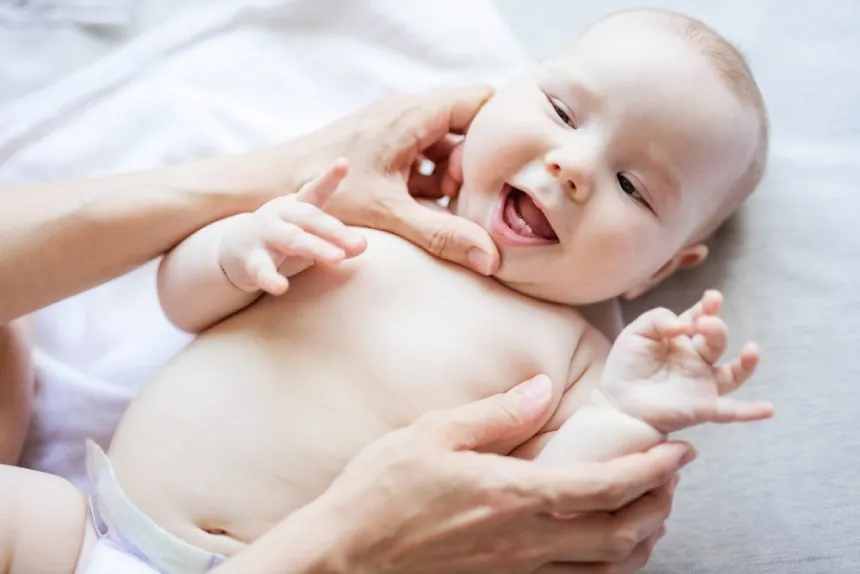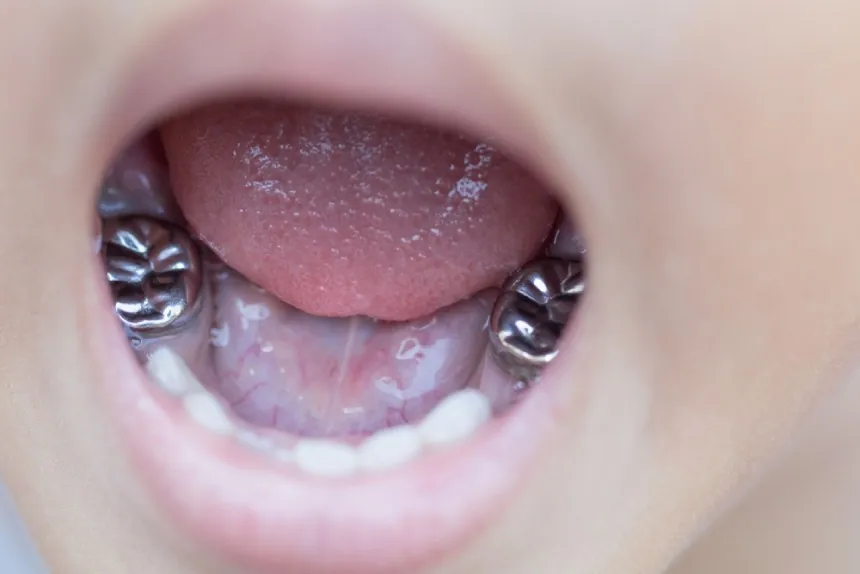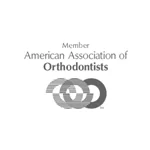
Imagine beginning the day with a priceless smile from your baby. While it melts your heart, it might also draw your attention towards their growing teeth. In the first 2 decades of a child’s life, there will be significant changes in their oral anatomy.
Once your child reaches ages 5 and 7, baby teeth will start to fall out. As adult teeth replace these little chompers, you might wonder, do baby teeth have roots?
To answer this common question, we must dig deeper into the concept of primary dentition.
Do Baby Teeth Have Roots?
Yes, they do. No matter whether a tooth is primary or permanent, it always has two sections, the crown and the root. The upper visible part that you see in the primary teeth of your baby is the crown, whereas the elongated root is embedded inside the gum.
However, the primary teeth are smaller and their roots are relatively shorter and weaker. They get replaced as the baby gets older. The smaller jaw of a baby cannot accommodate the larger permanent teeth.
In each tooth, the crown is covered by a protective layer called enamel composed of an inorganic mineral called hydroxyapatite. It is composed mainly of calcium and phosphorus. The enamel has no blood vessels or nerves.
Likewise, the root is covered by another protective layer called cementum. This is formed of a bone-like tissue and forms a junction with the enamel. The root is connected to the alveolar bone on the jaw through the periodontal ligament.
What Does a Baby Tooth Root Look Like?
When compared to permanent teeth, the structures of both the crown and the root are different. In primary teeth, the roots are more flared. They are shortest in the anterior teeth and longest in the molars.
Note that tooth root structure differs in various types of teeth. For example, the incisors only have a single root, while the molars are multi-rooted. In the case of primary molars, the roots are slender and they project beyond the outline of the crown.
This arrangement provides more space between the roots to allow permanent tooth crowns to emerge. In anterior teeth, the roots are slightly longer but narrower.
What is the Function of a Tooth Root?
The connection of the root and the jawbone through a connective tissue structure acts as the foundation for the teeth. Moreover, the root helps the teeth withstand the masticatory forces every time you chew your food.
The root also serves as a passageway for the nerves and blood vessels extending into the teeth. The root framework of the connecting ligament, cementum, and bone also assists in the sensory mechanism of the teeth. This allows us to feel the things that contact the teeth.
If the roots are not healthy, the teeth can become wobbly. This can lead to chewing problems and cause pain. An infection in the root can even spread into the other areas of the gum if left untreated.
The Difference Between Adult and Baby Teeth Roots
The most obvious difference between adult and baby teeth is in their size and shape. Besides, the primary teeth have lesser pigments and appear whiter.
Compared to baby teeth, the adult teeth roots are larger, stronger and penetrate deeper into the jaw. Studies indicate that root length can be between 0.5 to 0.7 inches in permanent teeth. In comparison, the length of the roots can be around 0.3 inches in the case of primary molars.
The coronal part of a tooth has a cavity called the pulp chamber. Adult teeth also have a more complex root canal system that originates from the pulp chamber. The structure of the system varies depending on the tooth type.
What Happens to Your Baby Teeth Roots?
The reason you find your baby’s teeth shedding so easily is not because they do not have roots (even baby teeth have roots!) On the contrary, baby teeth shed as part of the physiological process of root resorption, during which time permanent teeth reabsorb the root of the baby teeth as they erupt and elongate.
Resorption occurs not only in the soft elements of the root but also in the harder dentin and cementum layers. It involves the interaction of various tissues, inflammatory cells, and enzymes. The exact mechanism of the process is still under investigation.
As your baby’s face grows, the stresses acting on the primary teeth increase. This plays a role in signaling the process of physiological root resorption.
One hypothesis suggests that calcium hydroxide generates an inflammatory reaction in the pulp. This activates special cells called odontoclasts that help with the process of resorption. The overall process also causes changes in the blood vessels, nerves, and other tissue structures below the teeth.
Understanding the ins and outs of your child’s oral anatomy is essential for proper tooth maintenance and cavity prevention.
What if the Root of a Baby Tooth That Fell Out is Still In?
A broken baby tooth with the root still in the gum can be a problem if the area is swollen and your child finds it painful. It is best to consult a dentist in such cases. However, in most cases, the root will get dissolved as the permanent tooth appears.
It may not be easy to point out if the baby tooth fell out but the root is still in. Check if the size of the tooth that fell out is smaller, or if the pointed end is missing. Keep a close eye on the area and observe if your child is feeling any discomfort.
Kids generally start shedding teeth from the age of six. A common cause for a delay in shedding is the absence of a permanent tooth below the baby tooth. This condition is called hypodontia where one or more teeth may be absent. A delay in shedding can also cause the permanent teeth to come out crooked.
If your child is not shedding their baby teeth normally, or you suspect an abnormal growth, consult a dentist without delay. Once the condition gets confirmed through dental X-rays, space maintainers or artificial dentures can be used as a standard therapy.
Conclusion
Hope that answers the question do baby teeth have roots?
Keep your child healthy, teeth, mouth, and all, with these “8 Ways to Encourage Great Oral Hygiene Habits for Your Child”.
Looking for a better way to keep your little one’s mouth, teeth, tongue, and gums healthy? SuperMouth’s MouthCare systems for kiddos who are teething to 24 months old are the perfect solution!
Keep in mind that a broken baby tooth with the root still in the gum is not a medical emergency. So, there is no need to panic.
If something about your baby’s teeth does not feel right, though book a Pediatric Dental appointment with The Super Dentists today!











